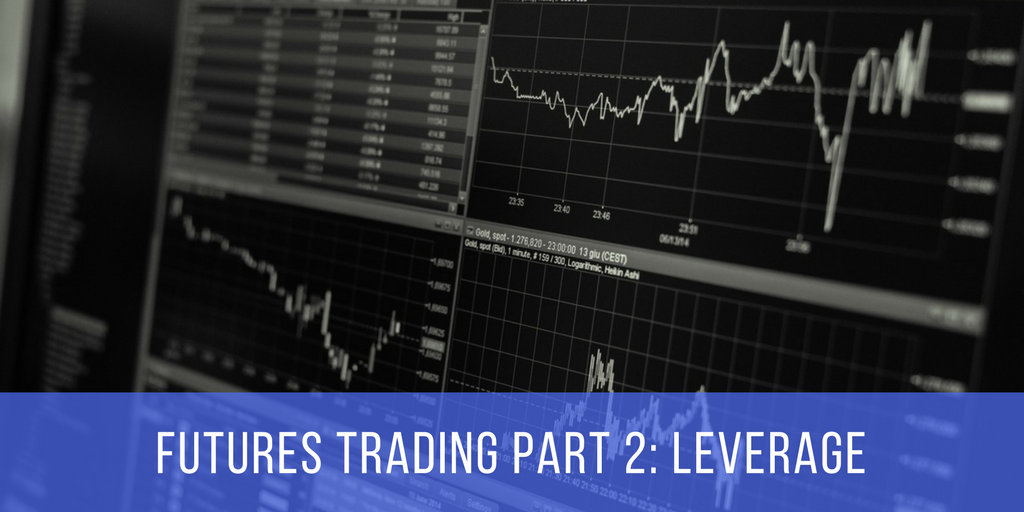I promised I would give you a four-part series on futures trading, and I always deliver on my promises. So ta-da, here it is for those of you who have an interest in the stockmarket like I do. In my first post about futures trading, I gave a general introduction to this area of the stock market, where I described what futures contracts are and how they work. As a refresher, a futures contract is a standardized forward contract between a buyer and a seller in which the delivery and payment of the asset occur at a future point in time. Because futures are functions of underlying assets, they are derivative products, meaning they derive their value from the price movements of the various assets they pertain to.
Leverage is a key concept of futures trading, and anyone looking to get into this field should have a thorough understanding of it. According to Rich Ilczyszyn, CEO and founder of iiTrader.com, “Leverage allows traders to make a large investment in a commodity using a comparatively small amount of capital.”
So, an investor that is interested in buying or selling a futures contract does not need to pay for the whole contract upfront; rather, they can make a small investment to stake a claim in the commodity. Investopedia gives an example to demonstrate this principle at work in the stock market: Say you have a contract valued at $350,000. This value of the contract, which trades on the CME, is derived from the level of the S&P 500; it is $250 times this level. If the S&P is at 1400, the value of the futures contract is $250 X 1400, which comes to $350,000. A person looking to initiate a trade on this contract does not need to pay the $350,000 upfront, however; they only need to post an initial margin of $21,875 (according to current CME exchange margin requirements).
Now, where leverage comes in: if the level of the S&P 500 happens to increase, then the value of the contract also goes up, and the investor makes a profit. In the example given, if the S&P rises to 1500, then the contract increases its value to $375,000, and the investor makes a $25,000 profit off their initial investment.
The investor also has a chance of losing money if the S&P falls and being hit with a margin call, requiring them to deposit more funds into their account to bring the balance back up, so risk is involved. Nevertheless, the chance of making such a large profit with a relatively small investment (leverage) is what makes futures trading so appealing.
Next time, I’ll go into more detail on the risk involved with futures trading.
